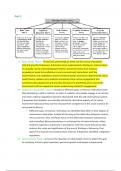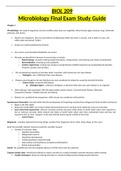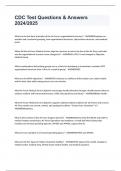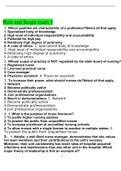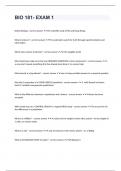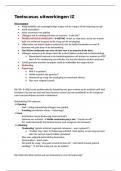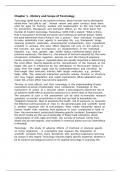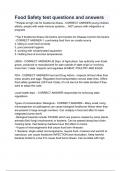Samenvatting
Summary for Problem 3 - Autonomy and Willpower
- Vak
- Instelling
This document summarizes all 10 articles of Problem 3 very elaborately. It is great for class discussion and exam preparation especially if you haven't read the article before. The authors of the articles are: de Vries, Deci, Vansteenkiste, Amorose, Teixeira, Baumeister, Gailliot, Hagger, Job, Moll...
[Meer zien]
